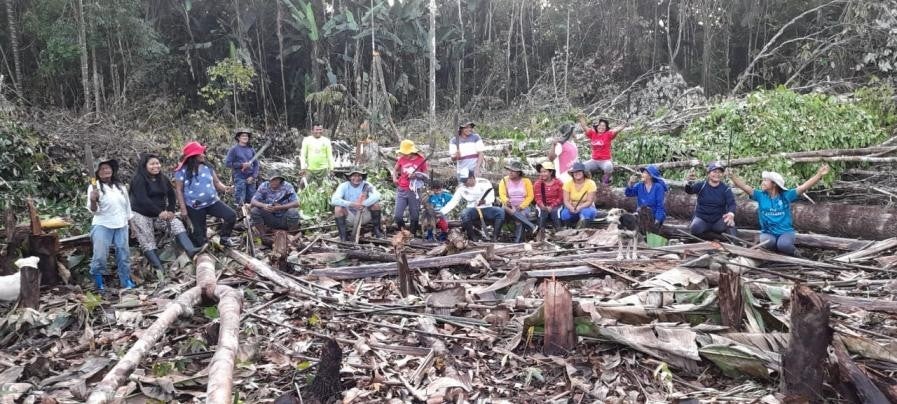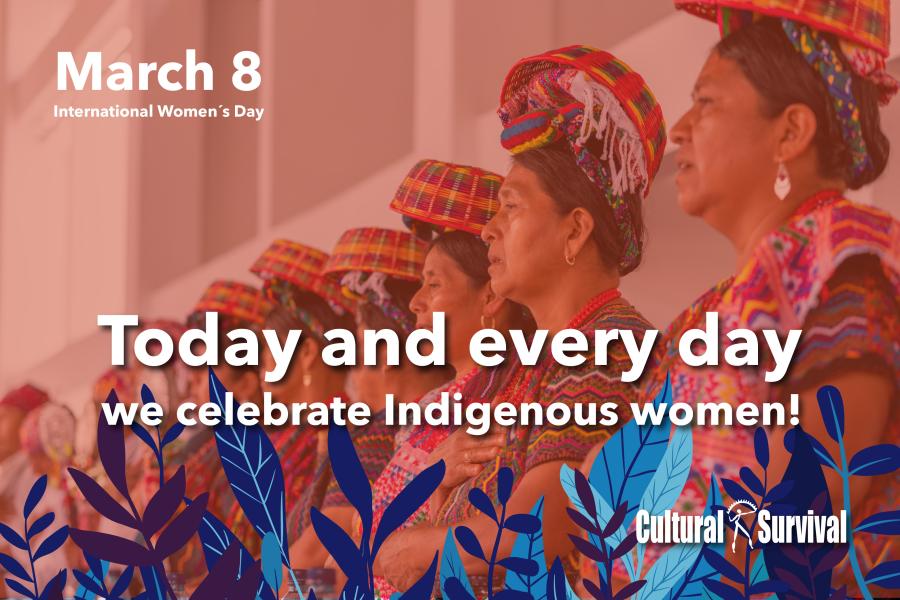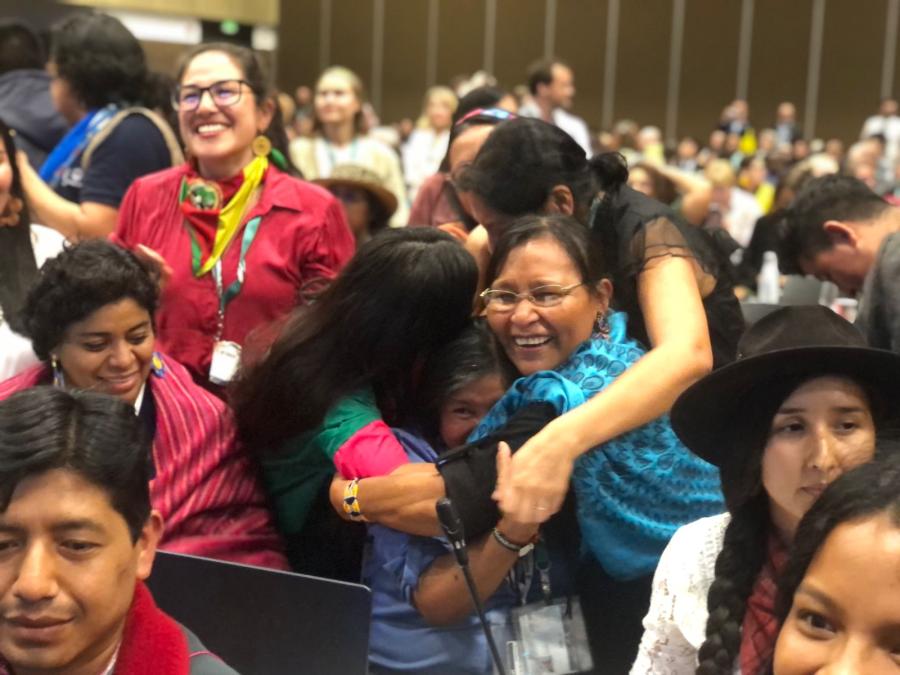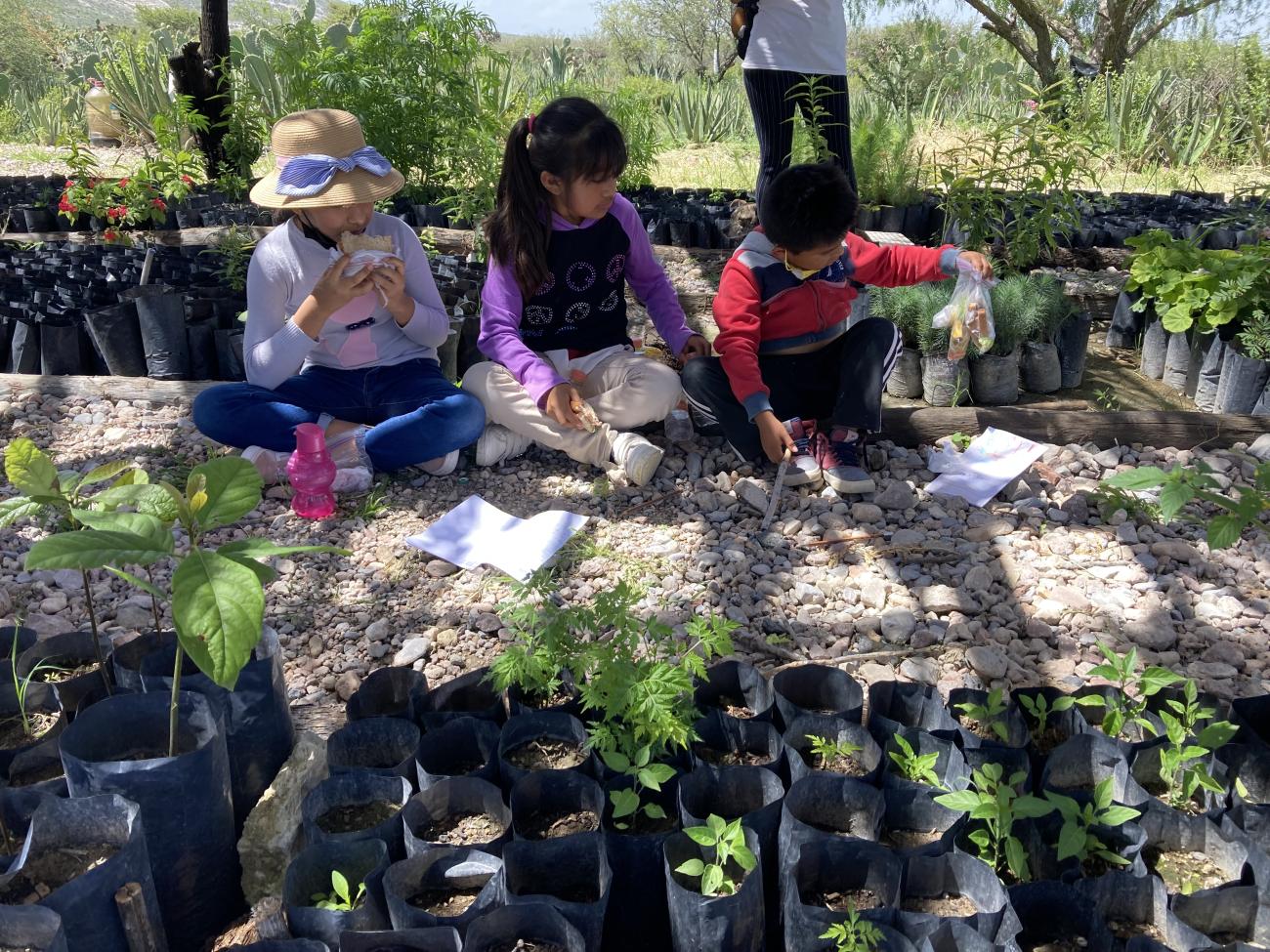
On June 5th, 2023, we commemorate the 50th anniversary of World Environment Day, an annual celebration established by the UN General Assembly in 1973. Since its inception, the day has become the largest global platform for inspiring positive change and celebrating environmental action. Indigenous Peoples are the best stewards of the environment, as evidenced by the fact that 80 percent of the world's remaining biodiversity thrives within their territories. Indigenous Peoples' knowledge and practices are crucial to the protection of the environment, and their voices must be uplifted in the global conversations on climate change and biodiversity loss. At Cultural Survival, we recognize and value the crucial role played by Indigenous Peoples in not only spearheading environmental stewardship, defense, and protection initiatives but also in offering innovative solutions to tackle pressing global environmental challenges.
In celebration of World Environment Day, we would like to introduce several of our Keepers of the Earth (KOEF) grant partners. These Indigenous-led organizations are at the forefront of transformative endeavors, including pioneering land management practices, promoting sustainable agriculture, fostering community-based resilience, and addressing a multitude of other vital initiatives within their respective communities. Every day is World Environment Day on Indigenous lands.
Organización de Mujeres Indígenas Rafaeleñas de Velasco (OMIR-V), Bolivia - (Chiquitano)
OMIR-V (Organization of Indigenous Women of San Rafael) is an organization founded by Chiquitana women that is making a significant impact on the environment and community well being. With the support of the Keepers of the Earth Fund, OMIR-V has undertaken a vital project to revitalize traditional medicinal knowledge while bolstering the community's resilience in the face of future health emergencies. Over the last several years, the Chiquitano communities have endured the devastating effects of both widespread fires and the ongoing COVID-19 pandemic, prompting them to turn to their natural medicine practices for solutions. Through the documentation of traditional medicinal knowledge, the collection of medicinal plants, the establishment of a community garden, and the empowerment of 40 women through training in traditional health practices, OMIR-V is not only strengthening their cultural heritage but also safeguarding the environment.
In the community of Santa Isabel, the project, "Strengthening Traditional Medicine to Face the Effects of the Pandemic and Fires” came to life with the development of a living and sustainable community garden. By cultivating essential foods and native medicinal plants, particularly those that strengthen the immune system and possess antiviral properties, OMIR-V aims to restore and protect the valuable medicinal plant species that were lost due to the fires. This project, with its focus on intergenerational knowledge transfer and the revitalization of lost traditional practices, ensures that the Chiquitana community can continue to tap into their forest and native plant species, as a botequín (living pharmacy). The community of Santa Isabel serves as the thriving hub for OMIR-V's endeavors, where workshops and activities are held to strengthen women’s leadership, share knowledge, and promote a sustainable and interconnected relationship with the environment.
Mesoamerican Permaculture Institute (IMAP), Guatemala - (Maya Kaqchikel)
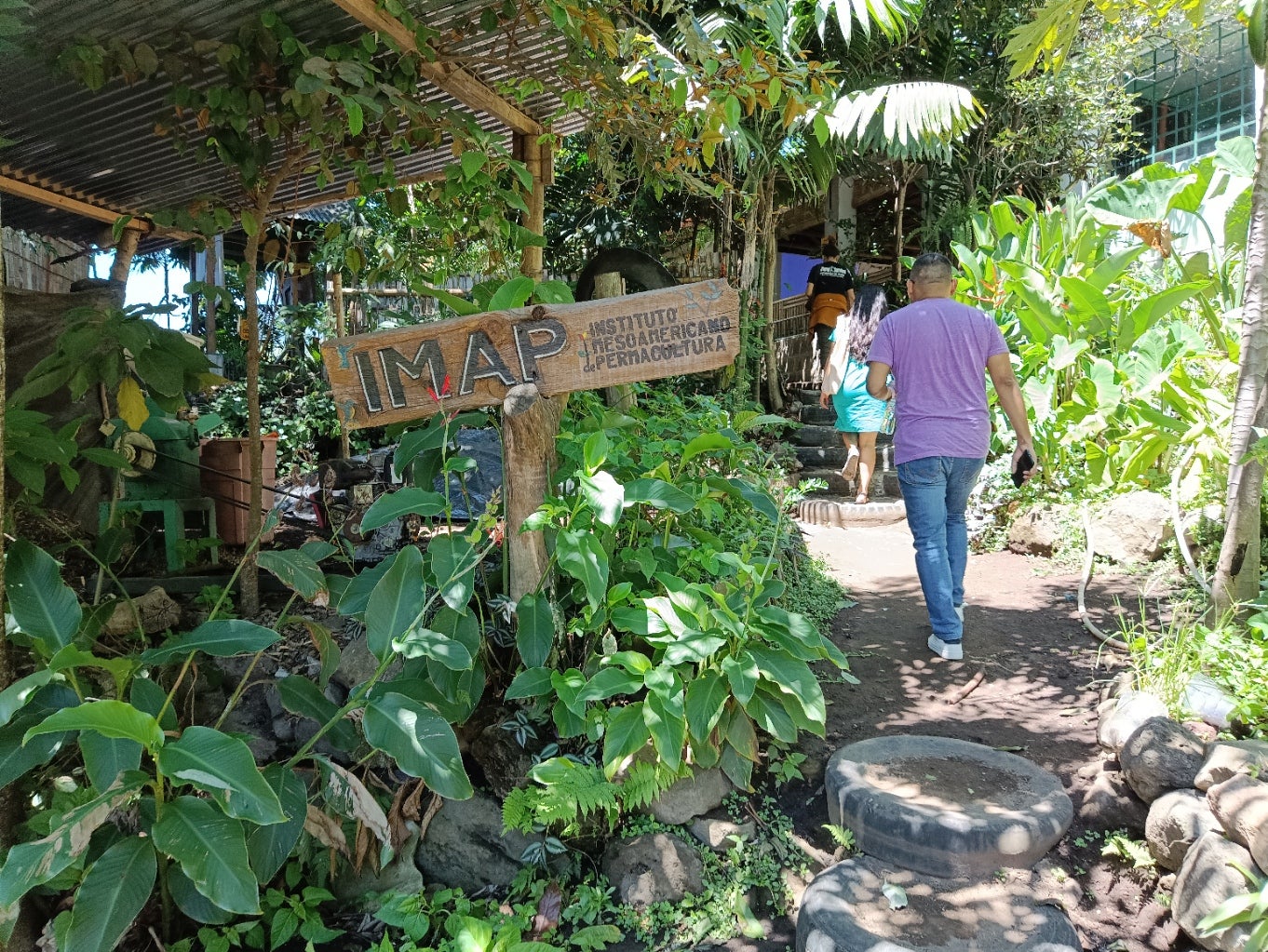
The Mesoamerican Permaculture Institute (IMAP) is an organization dedicated to the revitalization of the Kaqchikel culture in Guatemala with the ultimate goal of promoting food sovereignty among children and young people. Through their “Seeds of the Future” project, IMAP conducted a series of educational training workshops, from which more than sixty young people directly benefited. These workshops covered a range of topics, including Maya Kaqchikel culture, agroecological practices, seed storage, and community birdwatching. By imparting knowledge on agricultural techniques, soil regeneration, and seed saving, IMAP empowered young individuals and their surrounding community to embrace ecological production systems derived from native plants and seeds.
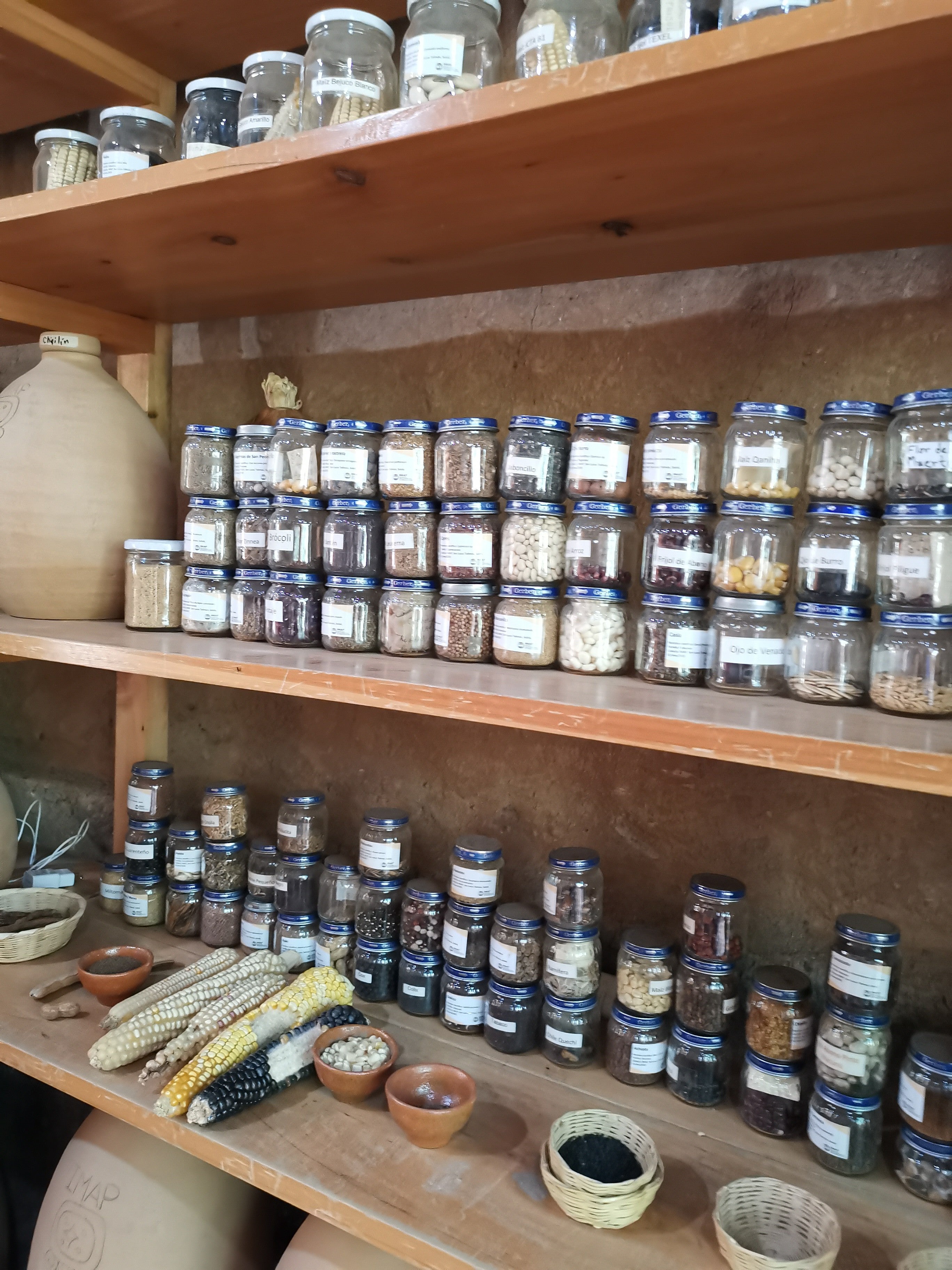
One significant contribution of IMAP's “Seeds of the Future” project is the mitigation of climate change effects. By sharing sustainable agricultural techniques during the workshops, the organization promotes a reduction in the use of agrochemicals and dependence on unsustainably produced and transported food imports. This, in turn, helps native plants adapt to changing environments and ensures the survival of the plants and the communities that depend on them. IMAP's commitment to food sovereignty and the fight against chronic malnutrition is evident through their collaboration with a local hospital's nutrition program. They provide a highly nutritious beverage called "super atol," made from amaranth and other native seeds, to pregnant mothers and children suffering from chronic malnutrition. The ingredients for the super atol are sourced from local farmers who use agroecological techniques aligned with environmental protection. By offering a nutrient-rich and culturally significant beverage, IMAP addresses the urgent needs of vulnerable populations while promoting sustainable farming practices and the consumption of native crops.
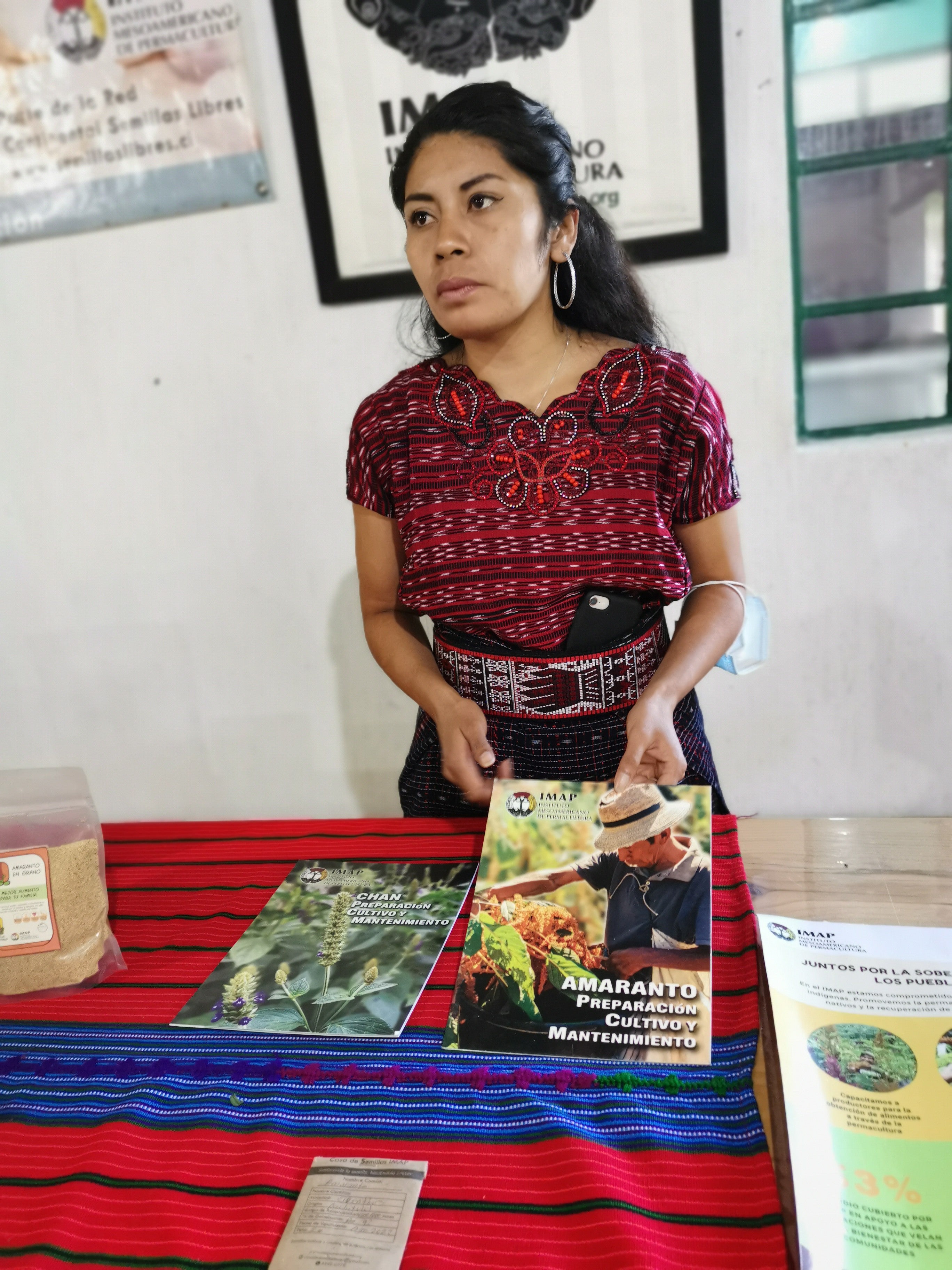
Through their multifaceted approach, IMAP and their "Seeds of the Future" project embody a steadfast commitment to environmental defense, cultural revitalization, and the promotion of sustainable agricultural practices. IMAP has made significant strides toward achieving food sovereignty and fostering resilient communities in Guatemala by integrating Indigenous knowledge, permaculture principles, and biodiversity conservation.
La Vega, Cardonal, Mexico- (Hñähñu)
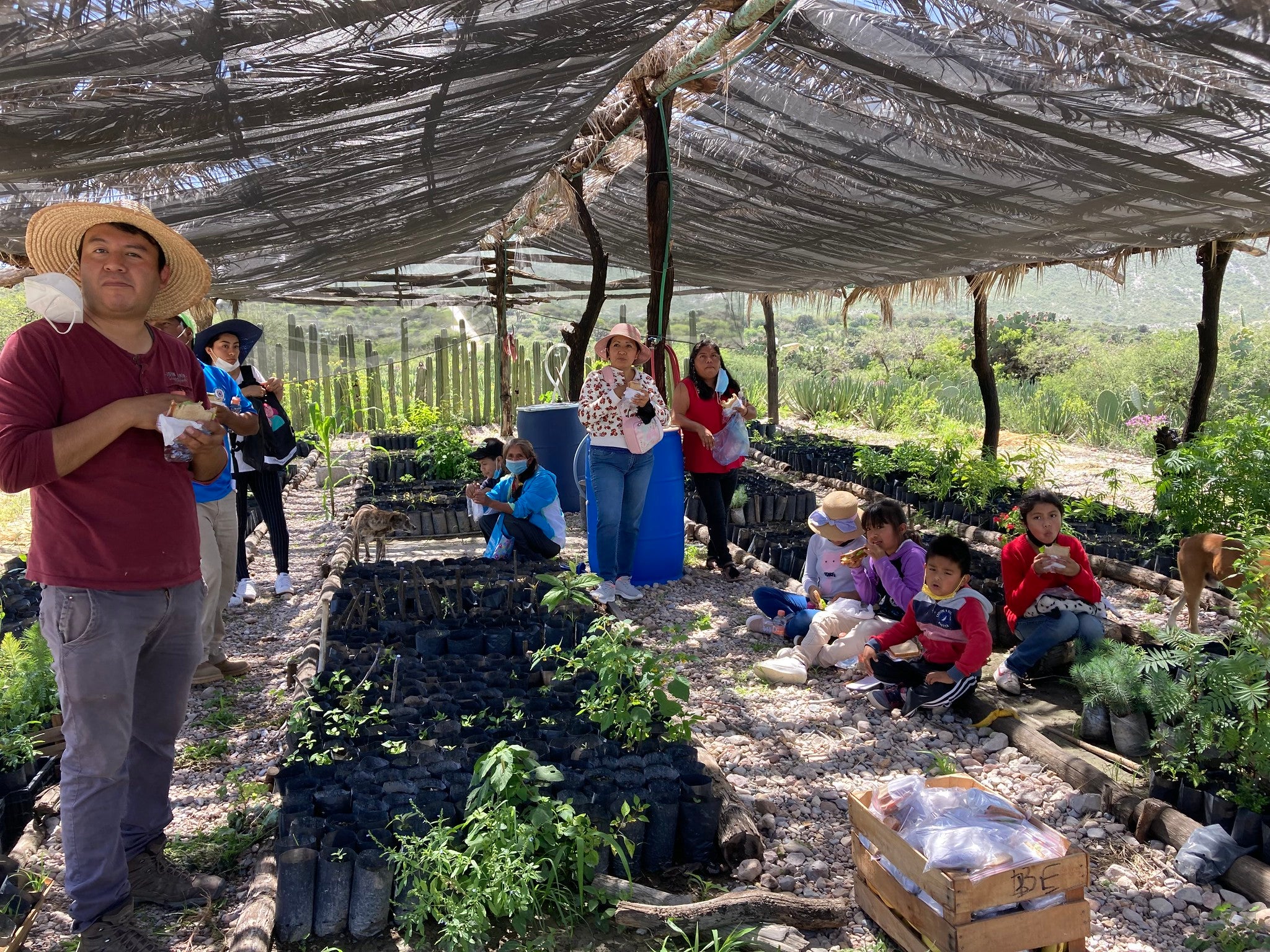
La Vega, a traditional village located in the municipality of Cardonal, Mexico, has made significant contributions to the environment through their project “Ra zi xihmai [Our Land]: valuation and recovery of the Hñähñu biocultural heritage.” The project focus is on instilling the value of language and local plant species among the younger generation, while fostering a deep understanding of their significance in the biocultural heritage of the community. The project aimed to tackle the challenges posed by structural inequity and environmental degradation by empowering children to take action against desertification through community-based ecosystem restoration strategies.
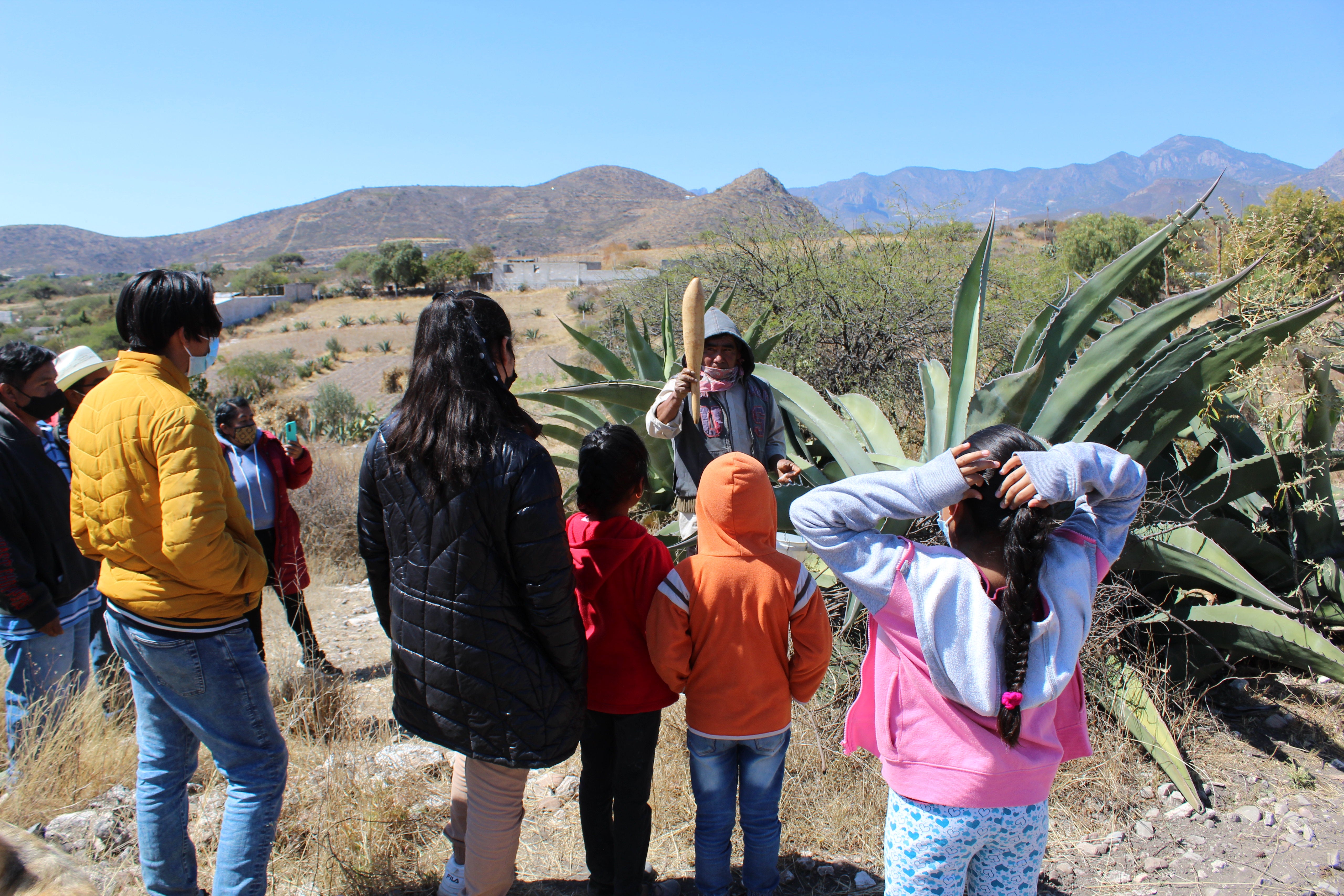
La Vega, situated in a semi-desert region with limited rainfall, has faced increasing difficulties due to climate change, resulting in prolonged droughts, damaged crops, and food production obstacles. To address this, the project sought to reconnect the younger generations with their natural surroundings, raising awareness about the importance of caring for the local environment. A pivotal aspect of the project was the implementation of community tours. With the assistance of workshop facilitators, the children actively contributed to the creation of a comprehensive species compendium, documenting the local plants and animals in the Hñähñu language, along with their primary uses. Aylen Trejo, a 13-year-old project participant, said, "What I liked the most about the project were the tours when we found new things that we didn't know were there and their names in Hñähñu." Additionally, an awareness workshop on cultural identity and the conservation of biocultural heritage, named "Let's take care of our heritage," was designed to facilitate discussions on the definition of cultural heritage and local conservation matters. Through collective effort, the community developed practical measures that could be adopted to safeguard the biocultural heritage of La Vega.
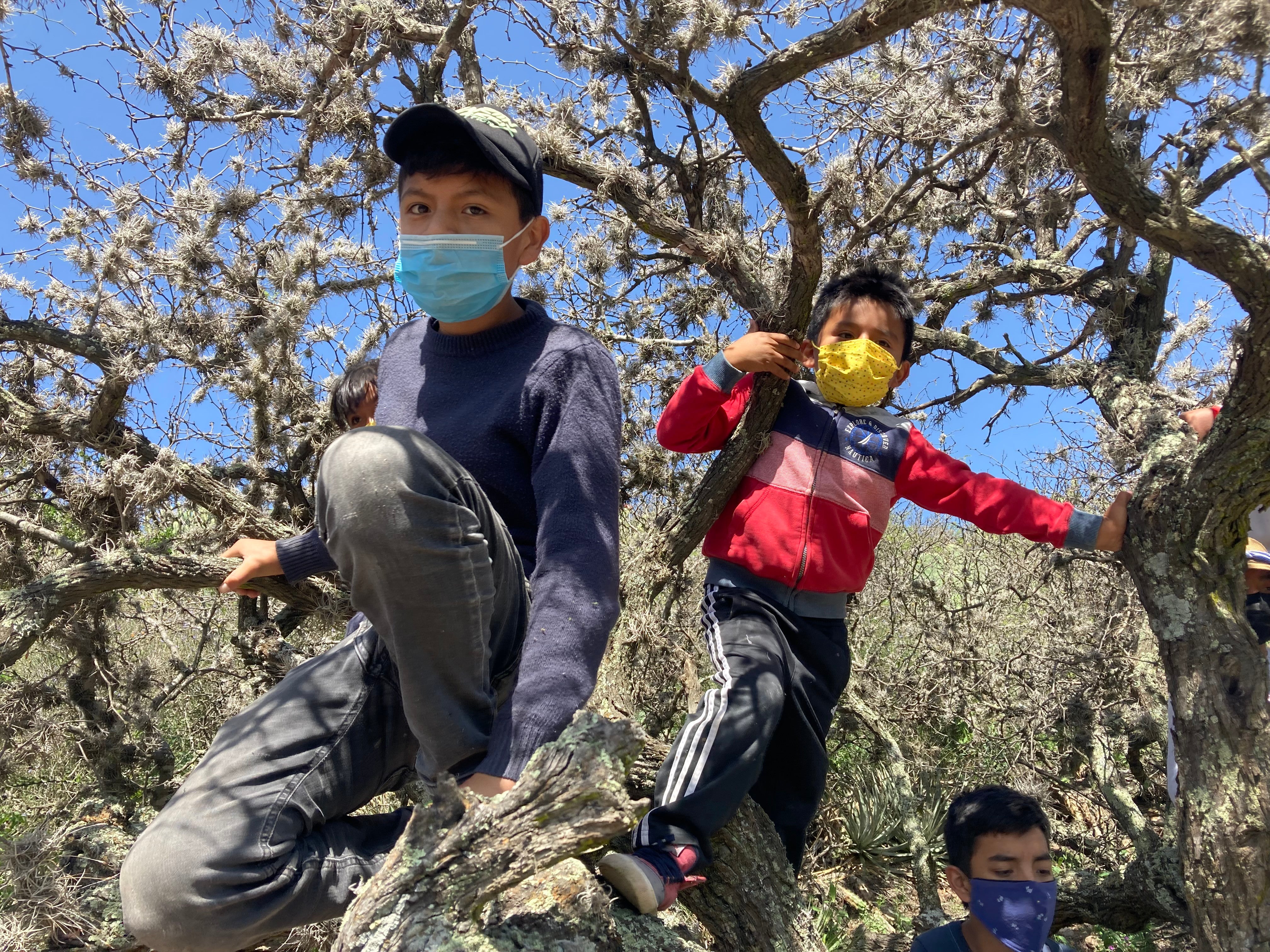
Engaging the children in this process was of utmost importance, as they are the ones who will become the future guardians of the territory. When speaking on the project Ana Laura Ambrosio, a mother of one of the participating children, said, "This type of project and activities are important for children, especially in times like these when they are confined with technology. It helps them not forget what is outside the house and stay in touch with nature." By nurturing a sense of responsibility and fostering intergenerational knowledge transfer, this project has not only empowered the younger generation but also ensured the sustainability of the natural and cultural riches of La Vega for years to come.
ZIORA AMENA KM 7, Colombia - (Múrui-Muina/Huitoto)
Ziora Amena has made a significant contribution to the environment in the Leticia-Amazonas region of Colombia, through their project, "Adaptation of Maloca and Establishment of New Chagras." Initiated by the Múrui-Muina (Huitoto) community, the primary objective of this project was to restore the community's house of knowledge, known as the maloca, and recover the lost native seeds due to the adverse impacts of the COVID-19 pandemic confinement. Through the successful implementation of the project, community members created a communal chagra (agricultural plot), which served as a seedbed for the entire community. This chagra now plays a pivotal role in the stewardship of the region's native crops and Múrui-Muina products. By extracting seeds from the communal chagra, the community established new chagras throughout the region, ensuring the widespread cultivation of their traditional crops. This approach has not only safeguarded their food security but also facilitated the revival of the Múrui-Muina cultural practices.
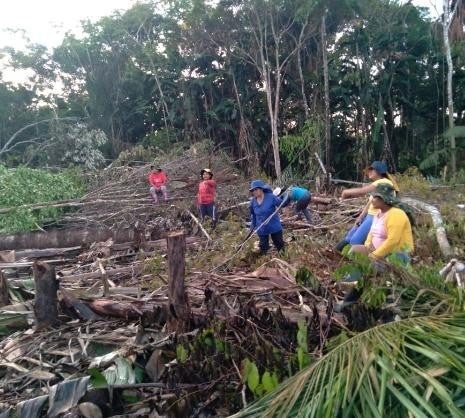
The project's significance lies in its ability to holistically address the community's needs. It is particularly relevant in the context of climate change, which has posed significant threats to the Múrui-Muina community and their environment. The community's Elders have long understood and adapted to the ecological changes by aligning their homes, agriculture, and fishing practices with their spiritual worldview. By incorporating traditional practices into the cultivation of seeds and conducting family gatherings in the maloca, the project honors their traditional knowledge and strengthens their resilience in the face of climate challenges. Additionally, the project emphasized the use of sacred plants for healing and cleansing purposes, contributing to the overall well-being of the community and their territory.
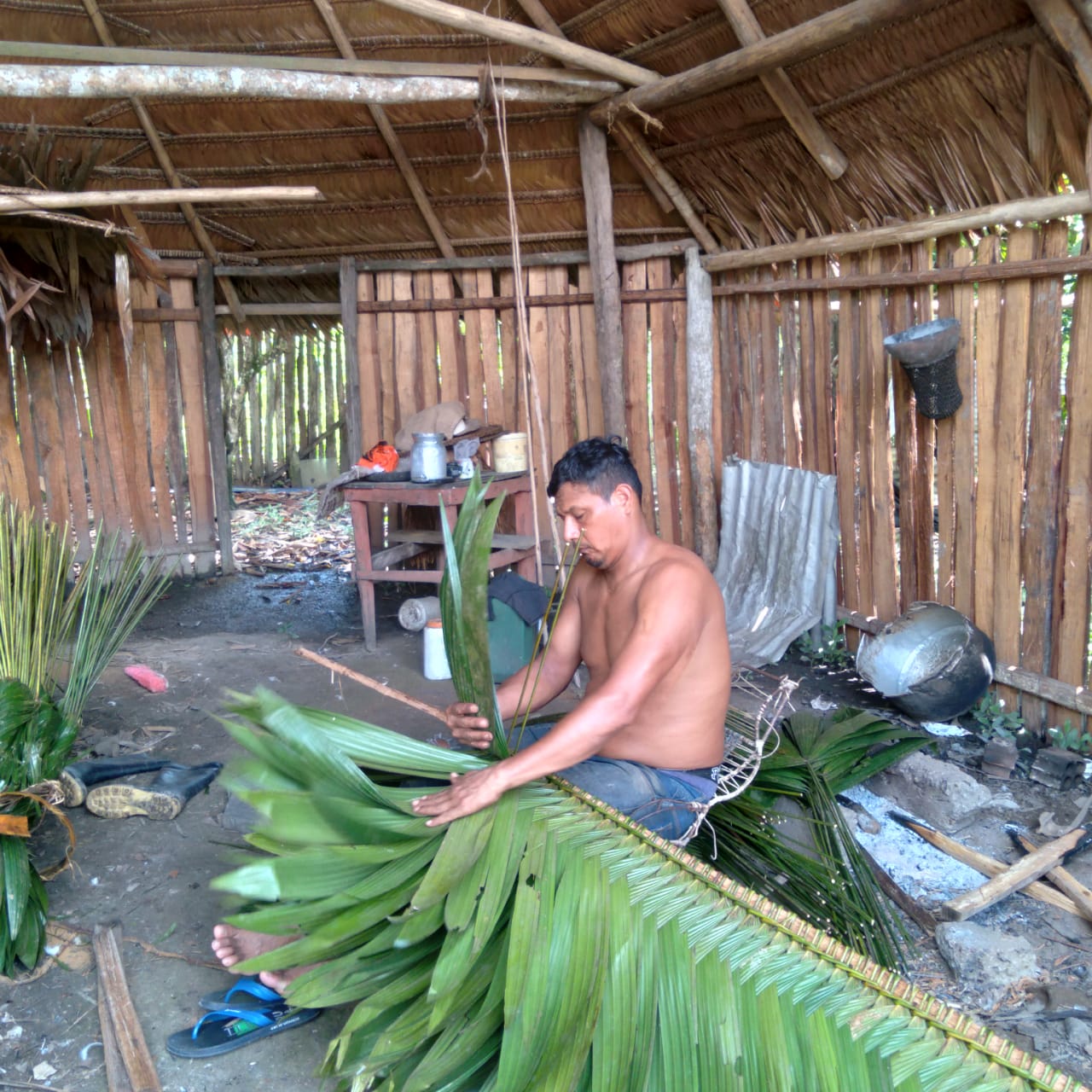
Furthermore, the acquisition of necessary tools and materials, as well as the provision of supplies, guaranteed the project's long-term viability. By weaving carana leaves into yaripas, the project showcased the community's dedication to traditional craftsmanship and resourcefulness. Through these ongoing efforts, Ziora Amena continues to foster community resilience, cultural pride, and environmental stewardship.
The Keepers of the Earth Fund (KOEF) is an Indigenous Led Fund within Cultural Survival designed to support Indigenous Peoples’ community development and advocacy projects. Since 2017, we have supported 238 projects in 38 countries through small grants and wrap-around support. In 2022, we celebrated a milestone of 1 million dollars provided in small grants directly to Indigenous communities, collectives, organizations, and traditional governments to support projects designed by them and in accordance with their Indigenous values. Predicated on the United Nations Declaration on the Rights of Indigenous Peoples, Cultural Survival uses a rights-based approach in our grantmaking strategies to support grassroots Indigenous solutions through the equitable distribution of resources to Indigenous communities.
This article was written by Charlie Malcolm-Mckay (CS Intern).
